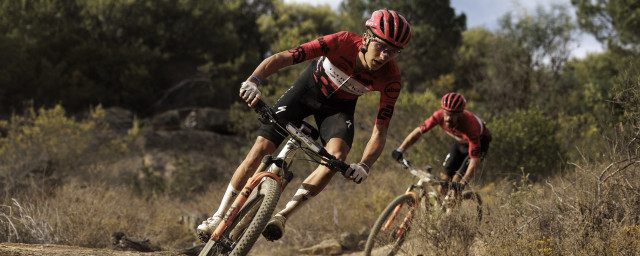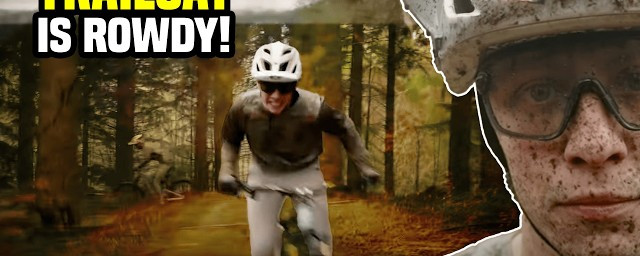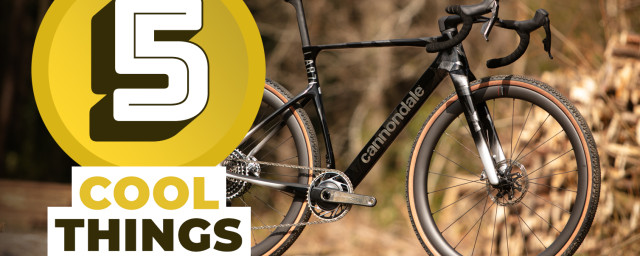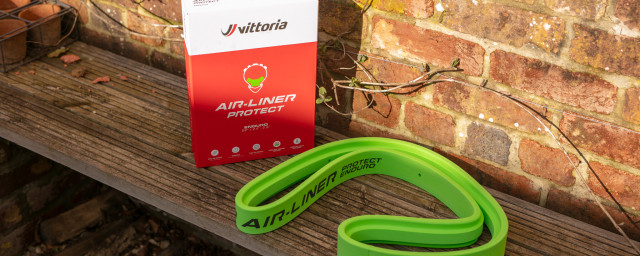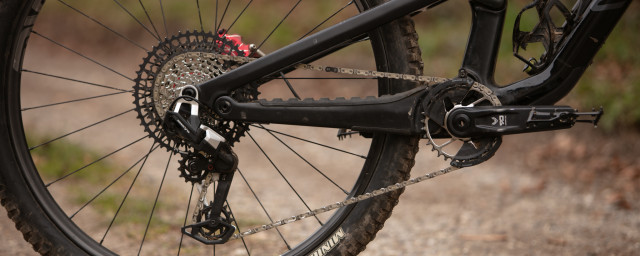What is a cyclo-cross bike?

Before the burgeoning popularity of gravel racing, cyclo-cross biking was the original drop-bar off-road riding discipline. It predates contemporary gravel cycling - and gravel bikes - by many decades. Despite being so dissimilar in looks and functionality, the CX bike influenced the gravel bike origin story. Here's everything you need to know about the original drop-bar dirt bike.
- Cyclo-cross vs gravel bike: what are the differences?
- 2025 UCI Cyclo-Cross World Championships - how the races were won
- Best mountain bikes 2025 - top options from cross-country to Enduro
Belgium is perhaps the most well-known cyclo-cross nation; it has given cycling its greatest rider (Eddy Merckx), some of the greatest events (De Ronde) and dominates one of the most misunderstood categories: cyclo-cross (CX).
Before explaining what CX is – and isn’t – it’s worth tracing its origins and reason for being. Cyclo-cross is all about drop-handlebar bike short circuit racing on terrain that hardly seems appropriate: mud and grass. This is not a new idea, dating back more than a century, but it started gaining momentum and popularity in the 1950s when official CX races became formalised.
The traditional winter training alternative
During the growth phase of professional road cycling, during the 1960s, pro teams and riders had an issue during the long European winter: training inertia.
Travelling to Majorca or the Canary Islands for that winter training camp to ride on perfectly maintained cycling-friendly road lanes wasn’t an option in the 1960s. So pro riders did the next best thing: they remained home in the mud of a European winter and embraced CX as the solution to keeping their form and fitness.
Nobody loves riding too many miles in the rain. Winter road riding has a much greater collision and crash risk, due to wet road surfaces, poorer braking performance and the hazard of inattentive drivers, momentarily blinded or disorientated by spray. Mountain bikes get destroyed tallying too many winter trail miles, and the more hours you spend trying to log huge training mileage on the road bike, the higher your risk of an accident.
CX is different. Because CX courses are mostly parks or recreation spaces, there’s no collision risk. The races are intense, providing all the training stimulation you’d require as a pro rider or intrepid weekend warrior, but without requiring a huge investment in time. Most CX races are limited to an hour and lap a course that is rarely more than a mile long.
Built to carry
To most, a cyclo-cross bike looks like something between a road and a gravel bike. And that’s not an inaccurate assumption. But there are differences between specialist CX and gravel bikes, although many have tried to dual-purpose with one or the other for both riding disciplines.
In principle, the CX bike is a high-performance design for intense short-circuit off-road racing, where mud and grass are the primary features and puncture risk is very low. That means it doesn’t have especially forgiving geometry. CX bikes are designed to power up very short, intense climbs and be agile. They aren’t intended to be terrifically comfortable for a 100-mile ride. Unlike a gravel bike, which is comfortable for hours, CX bikes will punish any rider attempting to cover huge point-to-point distances.
One of the key geometry differences between a CX bike and most other drop-handlebar bikes is the need for portability. Yes, that’s right – CX bikes need to be carried as a performance feature, and not because they’ve suffered a mechanical. The best CX races are distinguished by obstacles and features, which cannot be ridden up or over, such as logs, water traps, sand bunkers or stairs. And it’s the ability to rapidly dismount and easily shoulder a CX bike for the ‘carry,’ which has influenced CX bike geometry in a manner that would never be considered for gravel bikes.
Tyres are the other notable point of differentiation between CX and gravel bikes. Although the first purpose-built gravel bikes had tyre clearances closely aligned to CX bikes, the divergence has become massive in the last few years. Most contemporary gravel bikes have fork blades and rear triangles that can clear 700x47c tyres. An ideal casing size to make for a comfortable ride on rough dirt roads with corrugations or on those singletrack detours with some rooty or rocky sections.
But 700x47c tyres are way too large for CX. Why? Because an ideal CX tyre needs to ‘cut’ into grassy and muddy terrain, finding grip, instead of being too high-volume and ‘floating’ across the terrain, reduces its steering feedback.
Lighter and more nimble
Muddy fields might wreak havoc on drivetrain components regarding wear, but the impact load factor and terrain buzz are minimal. And that means that specialist CX bikes can be constructed with lightweight tubes, more robust than road bikes but lighter than gravel bikes.
CX bikes have reasonably steep head angles to enhance their climbing ability when riders briefly power up a climb, get out of the saddle, and stand on the pedals. Compared to gravel bikes, the steeper head angle also combines with reasonably narrow handlebars to quicken the steering.
Overtaking into and through corners is a racing tactic at CX events, which is similar to cross-country mountain biking. To facilitate the most agile line choices and overtaking in a CX race, the bikes have narrower handlebars than the ultrawide drop bars that have become standard in gravel biking.
Built for riding on mud, grass and sand, CX bikes were an early reference influence for gravel bike designers. But gravel bikes have diverged and developed into a very different multi-purpose speciality, with longer frames, slacker head angles and oversized handlebars. Gravel bike frame design serves the purpose of carrying a lot of gear and descending loose, corrugated dirt roads at high speeds with enhanced stability.
The best comparison between how different CX and gravel bikes would be using each for the other purpose. A CX bike would feel nervous riding singletrack or descending a long dirt road mountain pass. Conversely, a gravel bike would feel cumbersome when racing at a local CX event.
True CX bikes are for the committed
Dedicated CX bikes should not be mistaken as multi-purpose bikes. These bikes are as specialised as true downhill mountain bikes are. They are excellent for their intended purpose but entirely inappropriate and annoying to ride when repurposed to do anything else.
Although CX racing already gained UCI World Championships status in the 1950s, its popularity has grown in the last decade, with some of the world’s road and mountain bike pros choosing to race on the muddy tracks. The two most exciting and talented riders in global pro cycling, Tom Pidcock and Mathieu van der Poel, are former CX World Champions.
Although gravel biking has become more popular due to its route diversity and the platform versatility of modern gravel bikes, CX remains the hardcore off-road drop-handlebar discipline. There’s no gaining any rhythm on a CX race lap. Riders manage slippery and draggy terrain conditions, dismount for obstacles, and execute daring passes to gain places, all while cranking at a high intensity.
For mountain bikers who want to keep their steering and bike-handling skills sharp during the worst months of winter or road riders who need the training intensity, CX riding and racing delivers.
And the Belgians? They’ve totalled no fewer than 30 gold medals at the UCI CX World Championships.






